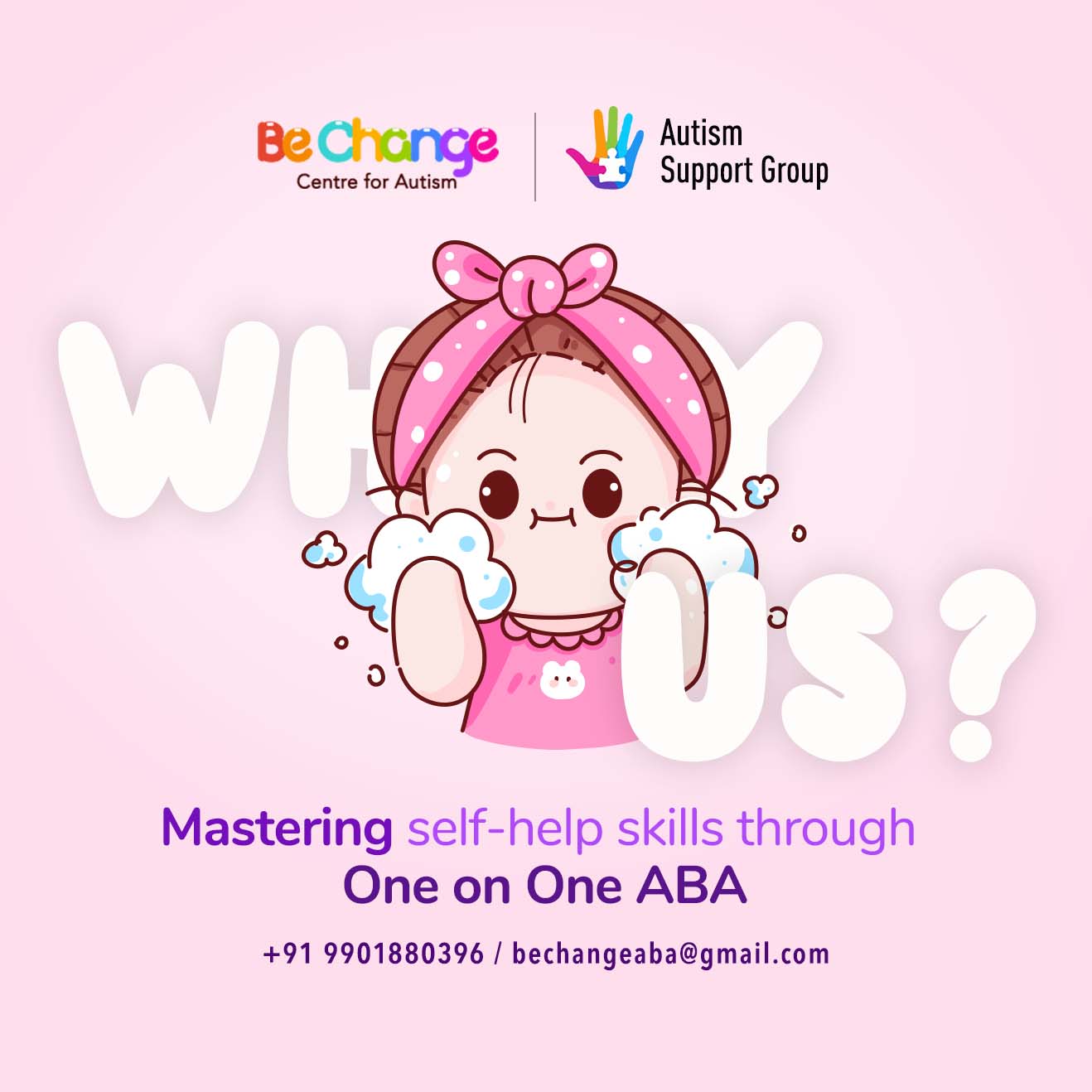Echolalia, often seen in children with autism spectrum disorder (ASD), is a complex linguistic behavior characterized by the repetition of words or phrases spoken by others. Understanding this phenomenon deeply and comprehensively is crucial for parents, educators, and caregivers. Let’s delve into a more detailed exploration of echolalia, examining its underlying intricacies, the varied forms it takes, its causes, and how the application of Applied Behavior Analysis (ABA) therapy can profoundly impact a child's ability to communicate.
Understanding Echolalia in Children
What is Echolalia?
Echolalia is not just simple repetition; it's a nuanced form of communication. For children with ASD, echolalia can serve different purposes. It can be immediate, where the child instantly echoes what they hear, or delayed, occurring after a certain time lapse. Understanding these nuances can shed light on the child's cognitive processes.
Forms of Echolalia:
1. Imitative Echolalia:
This form involves mimicking phrases without understanding their meaning. For instance, a child might echo a line from a favorite TV show without grasping its context.
Example:
Child: "Let's play, Dora!"
(Imitating a line from a TV show without initiating actual play)
2. Functional Echolalia:
In functional echolalia, children use repeated phrases to communicate specific needs or desires. The repeated speech serves a purpose, indicating a request or an emotion.
Example:
Child: "Want juice."
(Expressing the desire for juice by echoing a familiar phrase)
3. Delayed Echolalia:
This type involves echoing phrases long after they were originally heard. It can be immediate if the child remembers and repeats a phrase shortly after hearing it, or delayed if it resurfaces later, often out of context.
Example:
Child (in the evening): "Time to go home."
(Repeating a phrase heard at school earlier that day)
Causes of Echolalia:
1. Language Processing Challenges:
Children with ASD often struggle with processing language. Echolalia can be a way of trying to make sense of the words they hear, even if they don't fully comprehend them.
2. Social Communication Difficulties:
Echolalia can also stem from social anxiety. Children might echo phrases as a way to engage in conversation without having to formulate original responses, acting as a social buffer.
3. Attempted Communication:
In some cases, echolalia represents an attempt to communicate. By repeating phrases they have heard, children may express their emotions, desires, or basic needs.
The Role of ABA Therapy
What is ABA Therapy?
Applied Behavior Analysis (ABA) is a therapeutic approach rooted in understanding behavior patterns and modifying them. When applied to echolalia, ABA therapy becomes a valuable tool for decoding the language patterns of children with ASD.
How ABA Therapy Addresses Echolalia:
1. Functional Communication Training (FCT):
ABA therapists employ FCT to replace echolalic speech with functional communication. Children are taught appropriate responses to various situations, reducing the reliance on repeated phrases.
Example:
Child: "Want juice."
Therapist: "Yes, I want juice, please."
2. Visual Supports and Social Stories:
Visual aids and social stories are used to provide context and meaning to phrases. Children learn to associate words with images and situations, enhancing comprehension.
Example:
Using a picture card of a glass of juice along with the phrase "Want juice" helps the child connect the words to the actual desire.
3. Positive Reinforcement:
ABA therapy utilizes positive reinforcement, rewarding children when they use appropriate, non-echolalic language. This positive feedback encourages them to continue using their newfound communication skills.
Example:
Child: "I want to play."
Parent: Smiles and praises the child.
(Positive reinforcement reinforces the correct, non-echolalic response)
Benefits of ABA Therapy for Echolalia:
1. Enhanced Communication Skills:
Through ABA therapy, children learn to communicate effectively, expressing their thoughts, needs, and emotions without relying on repetitive phrases.
2. Improved Social Interactions:
By reducing echolalia, ABA helps children engage meaningfully in social interactions. They learn appropriate responses, fostering genuine connections with peers and adults.
3. Boosted Confidence and Independence:
As children acquire functional communication skills, their confidence grows. This newfound independence positively impacts various aspects of their lives, from academics to social interactions.
Conclusion
In conclusion, echolalia is a multifaceted communication challenge faced by many children with ASD. However, with the right intervention, such as ABA therapy, the echoes of repetition can transform into the harmonious melody of meaningful communication. By understanding the varied forms of echolalia, its underlying causes, and the targeted techniques of ABA therapy, parents and caregivers can empower these children to express themselves authentically, fostering a world of understanding, empathy, and connection.
Facebook Support group : https://www.facebook.com/groups/SupportAutism

Comments
Post a Comment